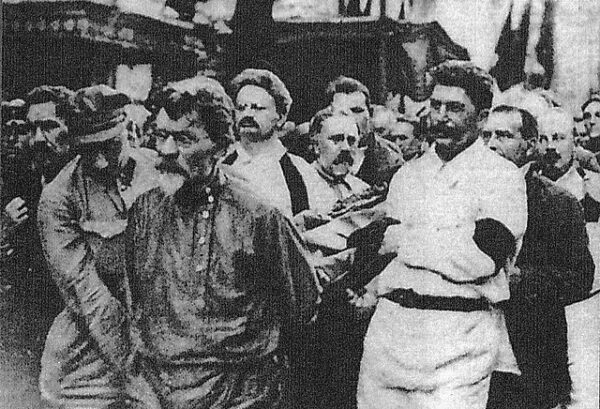Operation Redwing was a series of 17 nuclear test detonations conducted by the United States at the Pacific Proving Grounds on Bikini and Enewetak Atolls in the Marshall Islands, between May and July of 1956. The operation, overseen by the Atomic Energy Commission (AEC) and carried out by the Department of Defense, was aimed at testing various designs of thermonuclear weapons to improve their efficiency and effectiveness.
One of the primary objectives of Operation Redwing was to evaluate the feasibility of using lighter and smaller thermonuclear devices that could be delivered by aircraft. This was crucial during the Cold War, as the United States sought to enhance its strategic nuclear capabilities against the Soviet Union. The series included a diverse range of tests, focusing on both high-yield devices and innovative weapon designs.
Among the 17 tests, two in particular, Cherokee and Zuni, were significant. The Cherokee test, conducted on May 20, 1956, was the first airdrop of a thermonuclear weapon by the United States. The bomb, released from a B-52 bomber, yielded approximately 3.8 megatons, validating the viability of airborne delivery systems for large-yield hydrogen bombs. This test underscored the importance of strategic bombers in the nuclear arsenal and marked a pivotal moment in the development of U.S. military capabilities.
The Zuni test, which took place on May 27, 1956, was notable for being the first test of a fully deliverable hydrogen bomb that used lithium deuteride as fuel. This innovation represented a significant advancement in nuclear weapons technology, as it allowed for a more efficient and compact weapon design. The bomb yielded around 3.5 megatons, demonstrating the potential for lighter, more powerful weapons that could be integrated into the U.S. military’s strategic plans.
Operation Redwing also included tests designed to understand the effects of nuclear explosions on various environments and materials. This involved detonations over water, land, and in the air to gather data on blast effects, thermal radiation, and radioactive fallout. These experiments provided crucial information that would influence civil defense strategies and military planning.
However, Operation Redwing had significant environmental and health consequences, particularly for the inhabitants of the Marshall Islands. The tests resulted in substantial radioactive contamination, which affected local populations and ecosystems. Despite efforts to relocate residents prior to the tests, the long-term impacts of radiation exposure led to increased health issues, including cancer and genetic damage among the islanders. This aspect of Operation Redwing remains a contentious issue and a dark chapter in the history of nuclear testing.
Moreover, the tests conducted during Operation Redwing contributed to the global understanding of the destructive power of nuclear weapons and underscored the urgency of international arms control measures. The data and experiences gathered from these tests were instrumental in shaping subsequent U.S. nuclear policies and the development of more sophisticated and safer nuclear arsenals.






